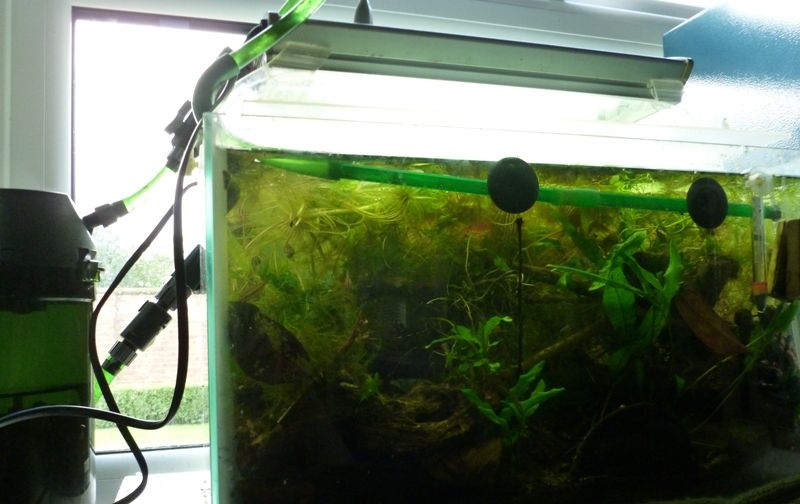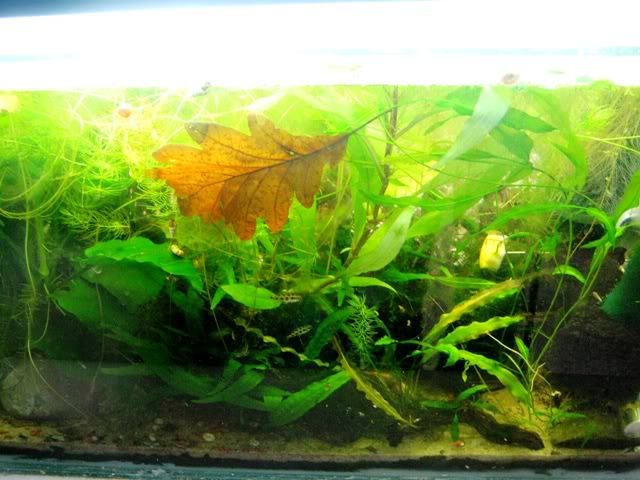Hi,
Here's another pH question!
Recently I was told then when keeping fish in a low KH aquarium, it is best to keep the aquarium with few plants and away from light to avoid pH drops.
My answer to this would be that in low KH water with low conductivity there is less need to worry about pH swings and that frequent water changes would also reduce the risk.
Would you agree with this answer? In other words: can I put as many plants as I want in my low KH aquariums?
Thanks!
Here's another pH question!
Recently I was told then when keeping fish in a low KH aquarium, it is best to keep the aquarium with few plants and away from light to avoid pH drops.
My answer to this would be that in low KH water with low conductivity there is less need to worry about pH swings and that frequent water changes would also reduce the risk.
Would you agree with this answer? In other words: can I put as many plants as I want in my low KH aquariums?
Thanks!


